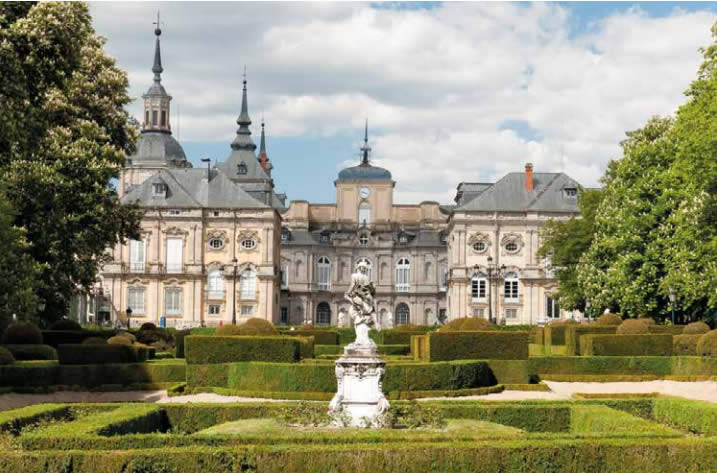Company > History >Historical value of the Bernardos slates > The 19th century. Decline in the constructions with slate

A time of political instability, the troubles faced by the Crown’s Treasury and multiple expropriations led to many constructions falling into oblivion or in a state of disarray. The slate buildings inherited from the previous centuries slowly started to deteriorate, because they were either abandoned or not repaired in the aftermath of fires. There was little concern shown for the restoration of buildings as planned in the original design. The problem of deterioration was sometimes solved by changing the type of roof, replacing the slate with brick in the spires. This was the case in the Palace of Lerma, as can be seen in the photographs included in the book written by Luis Cervera. For other constructions such as the monastery of Uclés, the towers lost their spires. The solution found was to recycle the slate from other buildings. The Palace of El Buen Retiro, for example, was gradually dismantled and the materials were shipped away to other repairs.
One of the explanations advanced to justify replacing slate roofs with brick ones can be found in a report dated from 13th November 1894, prepared by the leading architect for the General Intendant of the royal household, with regards to certain repairs which were underway in Madrid:
“In compliance with the orders given by His Excellency, I have the honour of granting you the budget for the most indispensable repairs in the Caseta de la Fuenta del Berro. It amounts to a sum of 1,212 pesetas and 35 cents, and it is asked that the funds are used for the substitution of the slate roof − the repair of which would be impossibly costly − with Arabic roof tiles, which are to be laid with the help of mud tiles and lead. This solution will be far more economical.”
However, this explanation was not the only one advanced for the protection of works containing slate. In many cases, there was no longer was a sensitivity for the maintenance of the original shape and style which had defined the building in the moment of edification. Similarly, there was no entity to regulate the protection or restoration of these buildings. These factors worked against an activity which had enriched the history of Spanish architecture. Exceptions occurred, since some of the most important buildings were cared for and maintained so that they have survived to this day. For instance, there were resolute attempts to preserve some buildings, as was the case of the monastery of El Escorial, in which various protection and restoration works were undertaken, such as the ones in 1842 during which 50,000 new slate pieces were placed. Nonetheless, there was no solid industry structure at the end of the 19th century in this area and the only possibility was to contract individuals who extracted slate through traditional methods in order to take care of the maintenance works for some of the buildings. In 1901 two local men from Bernardos attended the Provincial Exhibition with a sample of slate of various dimensions. One of them, Mariano Ramos, presented four dozens of pieces in different shapes and sizes.
(38) AGP, Administrativa, leg. 21.
(39) Á. Madruga, 2001, p. 311.
